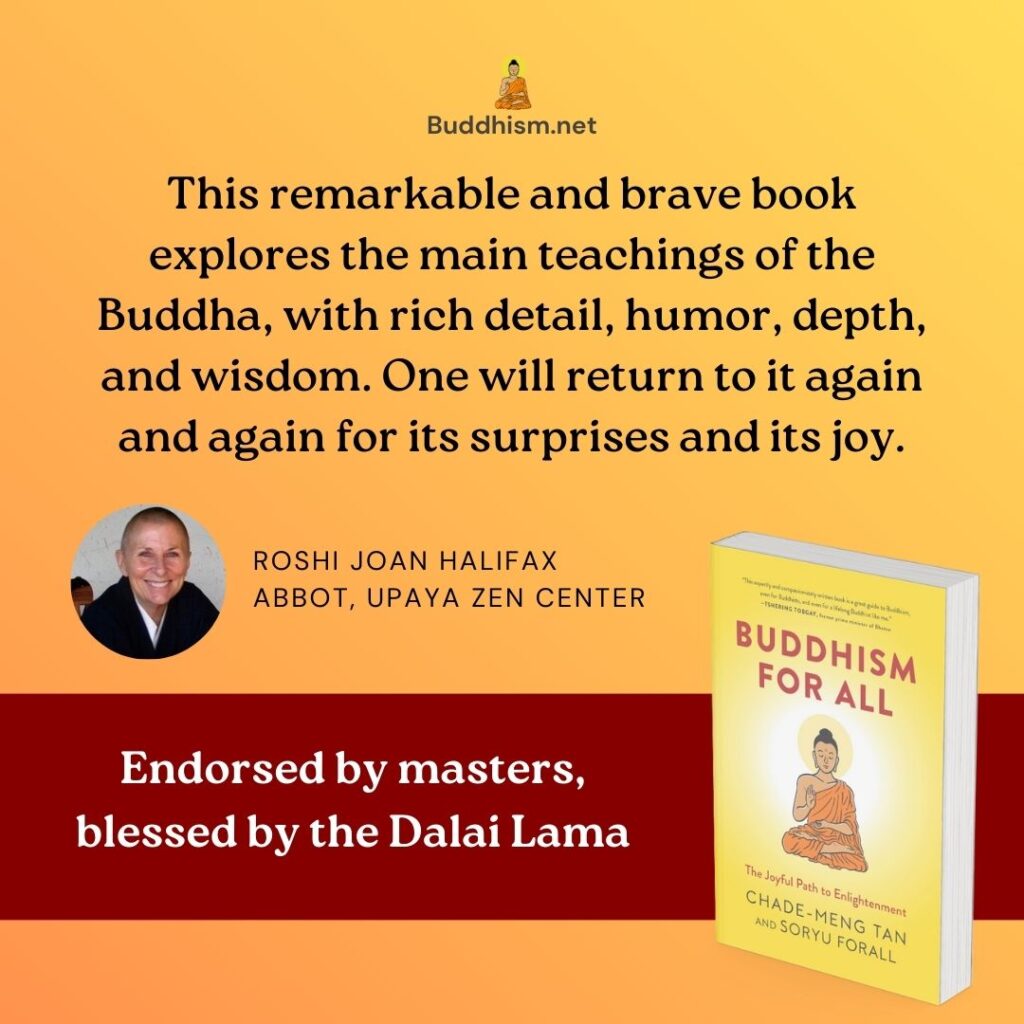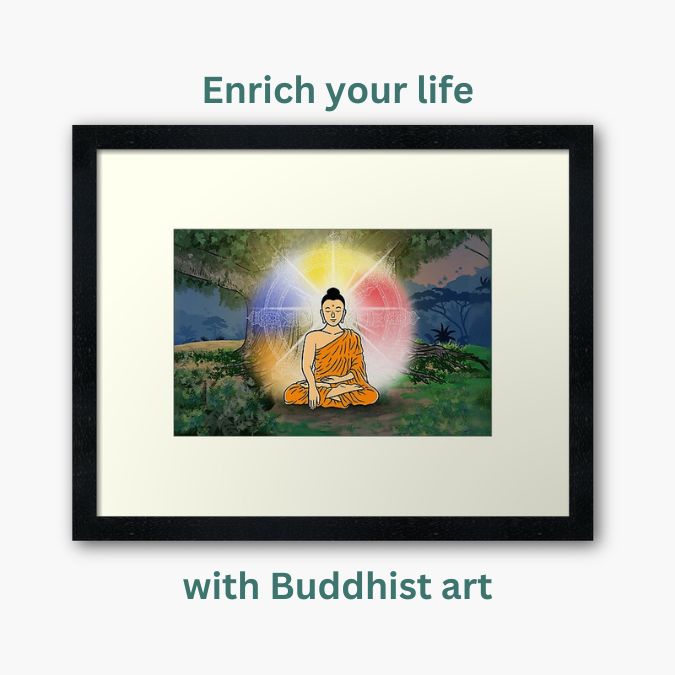
But wait, is there more to nirvana? Is nirvana simply extinguishing (of greed, hatred, delusion and all things uncool), or is nirvana also some reality? The ancient texts strongly suggest the latter. As the wave analogy in the last post suggests, the only way to understand nirvana is to look deeper into the reality beyond the surface.
First, the Buddha referred to nirvana as a dharma (or dhamma, in the Pali language). The word dharma here means phenomenon, so nirvana is a phenomenon, an actual reality, not just a concept. In fact, the Buddha refers to nirvana as the “supreme dharma”. More than that, the Buddha described it with these terms (the original Pali words in parenthesis): “infinite” (ananta), “unconditioned (asankhata), “incomparable” (anūpa-meya), “supreme” (anuttara), “highest” (para), “beyond” (pāra), “ultimate goal” (parāyana), “refuge” (tāna), “security” (khema), “happiness” (siva), “whole” (kevala), “abodeless” (anālaya), “imperishable” (akkhara), “absolute purity” (visuddha), “supramundane” (lokuttara), “deathless” (amata)[1].
One of the key descriptors the Buddha used for nirvana is unconditioned. There are two types of phenomena, conditioned and non-conditioned. Conditioned phenomena are those that arise due to conditions. One example of a conditioned phenomenon is a chair. We have a chair because we have the right conditions: four chair legs, a seat, and a chair backing, put together in a certain configuration. Conditioned phenomena always change and cease due to change of conditions. For example, if the chair loses its legs, it is no longer a chair. The five aggregates (form, sensation, perception, volitional formations, and consciousness) are conditioned phenomena. Birth and death are conditioned phenomena.
The one and only non-conditioned phenomenon is nirvana. With reference to that, the Buddha said,
There is, monks, an unborn, unbecome, unmade, unconditioned … therefore you know an escape from the born, become, made, and conditioned.[2]
Elsewhere, the Buddha talked about nirvana as a “sphere” (āyatana), but unlike anything that corresponds to our mundane experience. Because of that, the description is full of negations, a lot like a turtle trying to describe dry land to a fish (“not wet”, “does not rise up in waves”, etc.). The Buddha said,
There is that sphere, monks, where there is no earth, no water, no fire, no air, no sphere of infinite space, no sphere of infinite consciousness, no sphere of nothingness, no sphere of neither perception nor non-perception, no this world, no world beyond, neither Moon nor Sun. There, monks, I say there is surely no coming, no going, no persisting, no passing away, no rebirth. It is quite without support, unmoving, without an object, — just this is the end of suffering.[3]
The two above passages get quoted a lot in books on Buddhism, but there is also a less well known one that reinforces them:
The born, come-to-be, produced,
The made, the conditioned, the transient,
Conjoined with decay and death,
A nest of disease, perishable,
Sprung from nutriment and craving’s cord —
That is not fit to take delight in.
The escape from that, the peaceful,
Beyond reasoning, everlasting,
The not-born, the unproduced,
The sorrowless state that is void of stain,
The cessation of states linked to suffering,
The stilling of the conditioned — bliss.[4]
The Buddha also refers to nirvana as an “element” (dhātu), specifically, he calls it the “deathless element” (amata-dhātu).[5] Mahācunda, one of the Buddha’s senior disciples, even suggests that nirvana is something so vivid it can be experienced by the body, he calls it “touching the deathless element with the body.”[6]
Finally, the Buddha calls nirvana “the greatest bliss”[7].
Activities
References
[1] Nārada Mahāthera, The Buddha and His Teachings, (1998). Soryu provided the Pali translations in this list for parāyana, tāna, kevala and amata, the rest are by Nārada.
[2] Udāna 8.3.
[3] Udāna 8.1.
[4] Itivuttaka 2.16.
[5] Majjhima Nikāya 64.
[6] Aṅguttara Nikāya 6.46.
[7] Majjhima Nikāya 75.
Featured image by Colin Goh.


